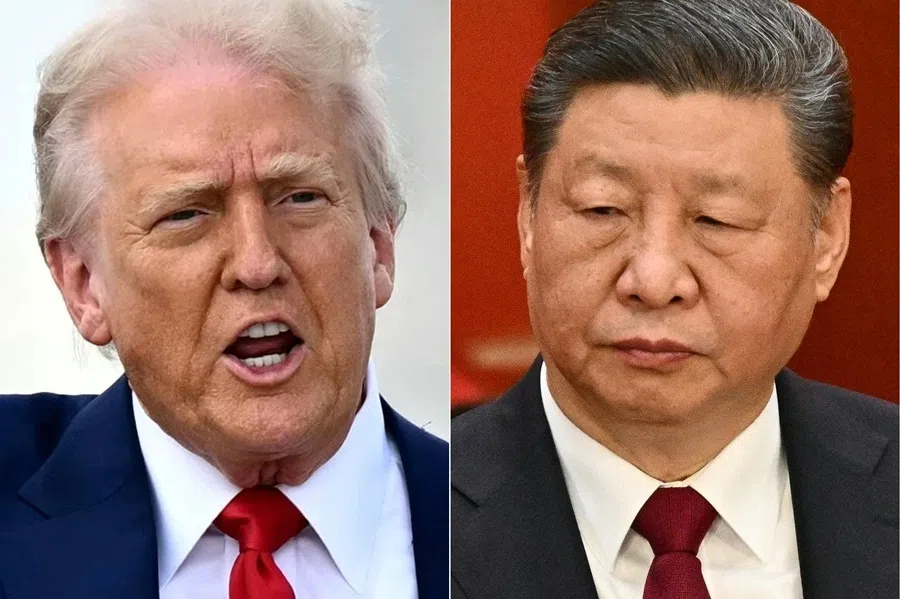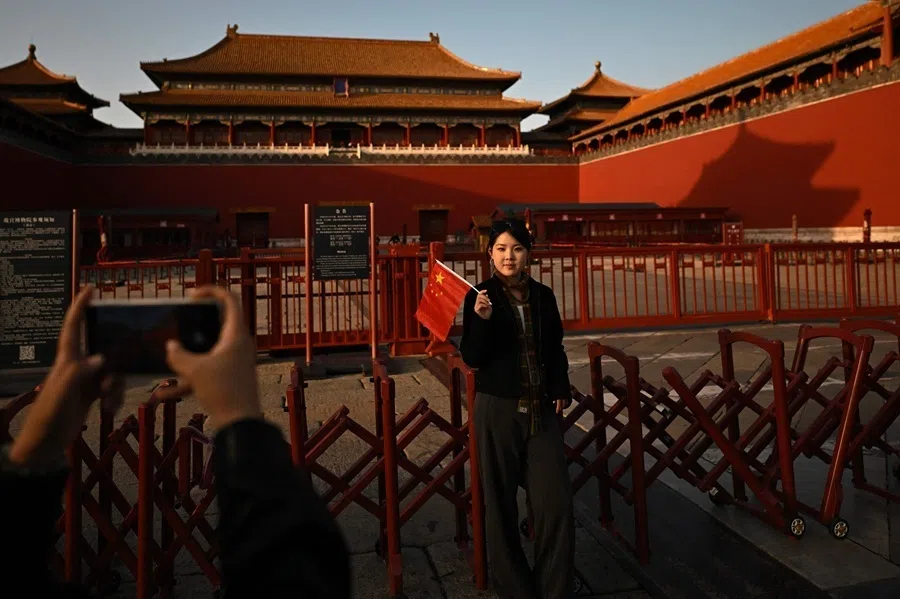Bypassing Malacca? China, India and the UAE vie for Thailand’s land bridge
For all the focus on China and India in the strategic tussle over Thailand’s land bridge project, a quieter force may end up shaping the project’s trajectory: third countries with capital and neutrality, says academic Hao Nan.

On 3 April, Indian Prime Minister Narendra Modi arrived in Bangkok to attend the sixth BIMSTEC summit. But beyond multilateral formalities, Modi’s itinerary carried a deeper strategic agenda: to signal New Delhi’s intent to stake a claim in the development of Thailand’s ambitious land bridge project, which the Thai prime minister reportedly pitched to her Indian counterpart.
The project is not merely about infrastructure — it is about influence. With China already eyeing it as a route around the US-patrolled Malacca Strait, a new arena of Sino-Indian rivalry has emerged. And in this intensifying competition, third-party states like the United Arab Emirates (UAE) may hold the trump card.
A strategic alternative for East-West trade
The land bridge project envisions a 90-kilometre corridor connecting ports in Chumphon on the Gulf of Thailand to Ranong on the Andaman Sea. By bypassing the congested Malacca Strait — through which over 80% of China’s oil imports pass — the bridge offers a strategic alternative for East-West trade, expectedly reduce ship journeys by an average of four days and cut transportation costs by 15%, though there might be technical and operational barriers to realise the expectation.
At an estimated cost of US$36 billion, the project promises 280,000 new jobs and could boost Thailand’s GDP by 1.5%. However, as strategic as this route is economically, its geopolitical significance is far more potent.
India, on the other hand, sees the land bridge as a potential threat to its strategic grip over the Indian Ocean.
For China, the land bridge provides a remedy to its “Malacca Dilemma” — the fear that in a conflict scenario, the US or its allies could choke China’s energy lifeline at the Malacca Strait. Beijing’s Belt and Road Initiative (BRI) already supports alternate corridors like Myanmar’s Kyaukpyu port and China–Pakistan Economic Corridor, but a functioning Thai land bridge connected to China’s southwestern provinces via Laos would be a game changer. In May 2024, Chinese delegations visited Ranong and Chumphon, signalling clear interest. Yet Beijing is cautious, having grown more selective with overseas infrastructure investments after setbacks in places like Cambodia’s Funan Techo Canal.

India, on the other hand, sees the land bridge as a potential threat to its strategic grip over the Indian Ocean. With increasing Chinese presence in ports across South Asia — from Gwadar in Pakistan to Hambantota in Sri Lanka — the fear of encirclement is real. New Delhi’s recent moves to engage Thailand and explore joint participation in the land bridge project signal a desire to dilute Chinese dominance and assert its own vision for Indo-Pacific connectivity.
Third countries may stand to benefit
However, for all the focus on China and India, a quieter force may end up shaping the project’s trajectory: third countries with capital and neutrality. The UAE, particularly through its global logistics giant DP World, the world’s third-largest container port operator, has already conducted site assessments in Thailand and expressed interest in investing.
Unlike China or India, the UAE is not viewed as a strategic threat, giving it a unique advantage in navigating local political sensitivities. Moreover, its deep pockets, state-backed stability, and growing presence in South and Southeast Asian logistics make it a credible contender.
DP World operates ports in India and China already, but a stake in Thailand’s land bridge would grant it leverage in connecting Gulf energy markets with East Asian manufacturing hubs, bypassing chokepoints and mitigating risk from great power rivalry.
Thailand, aware of the dangers of over-reliance on any single power, has actively sought to diversify funding. In addition to Saudi Arabia and the UAE, Japan and Western investors are being courted to form public-private partnerships. An infrastructure fund worth 300 billion baht (US$9 billion) was announced in September 2024 to attract global capital and hedge against geopolitical risk. This diversified approach not only improves the project’s viability but also enables Bangkok to play competing powers off one another to its benefit.
The UAE’s possible involvement is not just opportunistic — it aligns with its broader geoeconomic strategy. As part of its “Look East” policy, the UAE has invested heavily in ports, logistics, and digital infrastructure stretching from the Red Sea to Southeast Asia. DP World operates ports in India and China already, but a stake in Thailand’s land bridge would grant it leverage in connecting Gulf energy markets with East Asian manufacturing hubs, bypassing chokepoints and mitigating risk from great power rivalry.

Furthermore, UAE involvement can act as a stabilising buffer. The presence of a neutral third-party investor could help ease local concerns in Thailand about the project becoming a pawn in great power games. Civil society groups have protested the potential environmental degradation and lack of transparency surrounding the land bridge’s development. Third-country investors like the UAE, with fewer geopolitical strings attached, may offer Thailand greater autonomy in addressing these domestic concerns.
Competing regional hubs — such as Singapore’s Tuas Port and Malaysia’s Port Klang — are rapidly expanding and may still offer more efficient routes for global shipping.
Other regional hubs may prove more promising
That said, challenges remain. Competing regional hubs — such as Singapore’s Tuas Port and Malaysia’s Port Klang — are rapidly expanding and may still offer more efficient routes for global shipping. Also, logistical hurdles in coordinating overland and maritime transfers, along with unresolved environmental impact assessments, could delay progress. Yet with global trade increasingly vulnerable to geopolitical shocks, creating backup options and diversification are the new imperatives. This makes the land bridge’s promise of a “Plan B” all the more attractive.
The geopolitical chessboard of Southeast Asia is being reset. As China and India jockey for position over a 90-kilometre stretch of Thai soil, smaller but strategic players like the UAE are watching — and moving. By offering capital without coercion, and partnerships without politics, the UAE and others like it may end up holding more sway over the future of the land bridge than either of the regional giants. In the end, those who navigate between the elephants may just chart the smartest path.





![[Vox pop] Chinese parenting: Tough love or just tough?](https://cassette.sphdigital.com.sg/image/thinkchina/b95bd53631df26290df995775a40e36709bf8dc8e3759460276abd5c426b20b6)